The aircraft for review today is the Grumman F7F Tigercat which was the heavy fighter aircraft that served or not only the United States Navy but also with the United States Marine Corps from the late World War II-era till it got retired back in 1954. The Grumman F7F Tigercat holds the title for being the US Navy’s very first twin piston-engine fighter aircraft that saw the action in the war. The Grumman F7F Tigercat’s delivery came a little too late to see its full potential in World War II; it was still able to do considerable service in Korean War.

The aircraft was designed to be able to operate from the Midway-class aircraft carriers but had to be limited for the land bases. It was simply too large of an aircraft to operate from the old and small-sized aircraft carriers of the US Navy at that time.
In order to let our readers know a little more about her Grumman F7F Tigercat, we bring to you some of its interesting facts.
Origin & Development:-

Grumman proved itself to be a viable aircraft manufacturer with the creation of carrier-based aircraft like F4F Wildcat from back in the early 1930s era. The Wildcat was able to perform its service in the Pacific Theater of World War II for its offense as well as defensive roles. As for the alter product of Grumman, the F6F Hellcat, it proved to be more of an improved version that the Wildcat to dealt with some serious blow to the invading German forces for the remainder of World War II.
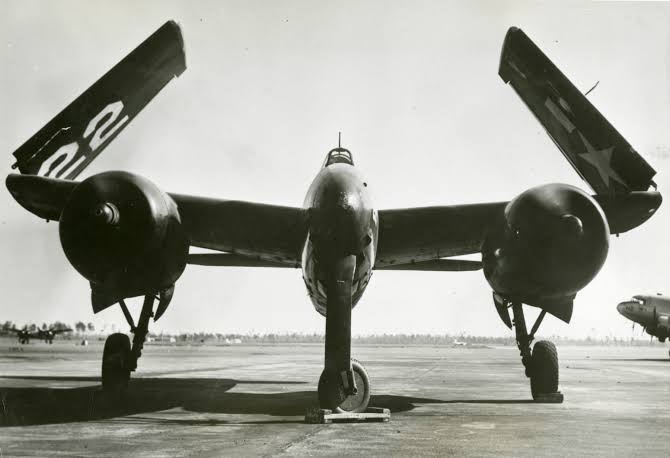
In order to continue their line of Cat aircraft, Grumman started working on a new design of a fighter back in 1941. The aircraft in production was the Grumman F7F Tigercat and for it, the Grumman engineers made use of the time tested powerplant from Hellcat. This piston engine Powerplant was the one that saw the pinnacle for the Navy fighter in the form of F8F Bearcat.
First Flight:-

The first prototype aircraft for the Grumman F7F Tigercat was designated as XF7F-1 which emerged back in 1943 as a large-sized, single-seat and twin-engine fighter. The aircraft performed its very first flight in December of 1943
Built as a Carrier-Borne fighter but limited to Land-Based one:-
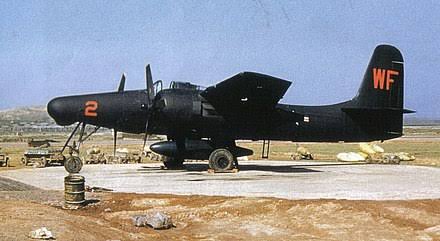
Although Grumman F7F Tigercat proved to be an excellent addition for the Navy’s fleet of fighters, it was too big to be able to operate from the small-sized aircraft carriers of the US at that time. The aircraft being powered by the 2 Double Wasp radial piston engines had too much power which resulted in highs speeds, which made it unable to operate from the Midway-class carriers. As for operating on a single-engine, it would result in poor performance for the aircraft. This was the reason that the Grumman F7F Tigercat which was supposed to be a carrier-borne aircraft was modified to be limited on land bases.
A little late to participate in World War II:-

After being dubbed as the land-based aircraft, the US Marine Corps ordered the delivery of 500 of these Grumman F7F Tigercats even before it was set for its first flight. The delivery started back in April of 1944. Although the war was in its full throttle in Europe and in the Pacific Theater, the Grumman F7F Tigercat was still not able to gain the clearance to perform in World War II and after a few months, the war came to an end with the victory of the Allied Forces.
This was quite ironic for a fighter that was developed as a peak fighter during the height of World War II to not even participate in the war at all.
A fighter that could be upgraded as per the mission requirement:-

After World War II, the Grumman F7F Tigercat’s capabilities started to unroll as a multirole fighter aircraft of large size. The wingspan of the Grumman F7F Tigercat allowed for it to be fitted with numerous types of munitions on the outside which led to it being equipped with 2 of the conventional bombs; each weighing about 1000 lbs. these 2 bobs could also be replaced with a single large Torpedo to be developed during the anti-ship sorties. All in all, the Grumman F7F Tigercat system was the one that allowed it to be renowned for being an adaptable one as per the needs of the mission and the operator.
Total number of the fighter produced:-
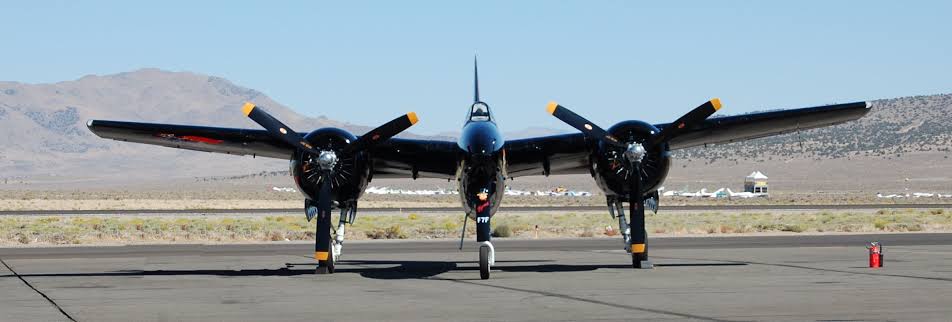
Despite having numerous features in terms of power and attacking capabilities, the Grumman F7F Tigercat ironically came at the end of World War II. This led to the limited production of this aircraft and even fewer numbers in its variant forms. All said and done, only 365 of the Grumman F7F Tigercats were manufactured in all the variant forms.
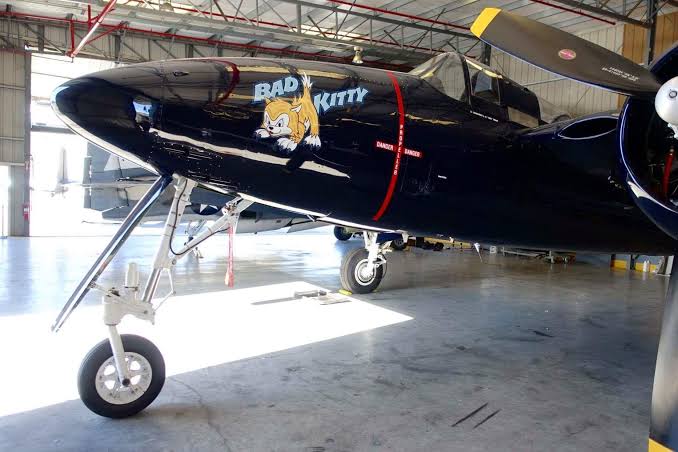
34 of these Grumman F7F Tigercats were of the model F7F-1 which served the role of the fighter/bomber. This aircraft was then fitted with the radar system of the APS-6 series which allowed it to be turned into a nightfighter.
Night fighter Variant:-

The first fighter/ bomber series of the Grumman F7F Tigercat was evolved into the two-seat nightfighter variant and nearly 65 of these aircraft were built. They were quite similar to the early F7F-1 models but were still distinguishable from the lack of their fuel tanks to equip it with the radar equipment as well as a cockpit for the radar operator in the rear position.
Service during the Korean War:-

Although Grumman F7F Tigercat missed its chance to participate in World War II, the aircraft went on to serve the US navy extensively during the Korean War. The main variant of the Grumman F7F Tigercat was its nightfighter one which performed the nighttime intruder missions. But this was the end of the service from the Grumman F7F Tigercat as it was retired shortly after that in 1954.
Grumman F7F Tigercat first designated as Tomcat:-
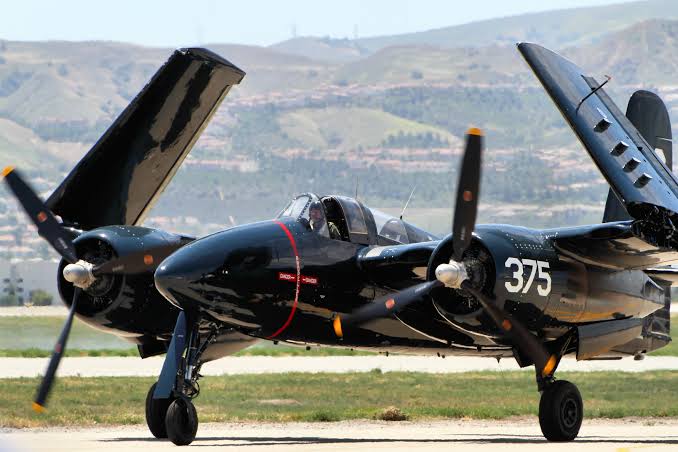
The Grumman F7F Tigercat was first designated as Grumman F7F Tomcat but that name got many negative reviews from the officials and the name was finally dropped off to give it its current known name the Tigercat.
As for the name Tomcat, it was used by Grumman to name the Grumman F-14 Tomcat which was a carrier-based interceptor that came a few decades later.
Armament:-

The standard armament fitting for the Grumman F7F Tigercat includes the following.
- 4 of the 20 mm M2 cannons that were fitted in wingroots; 2 of these cannons were fitted on each wing.
- 4 of the 12.7 mm M2 Browning machine Guns fitted under the fuselage
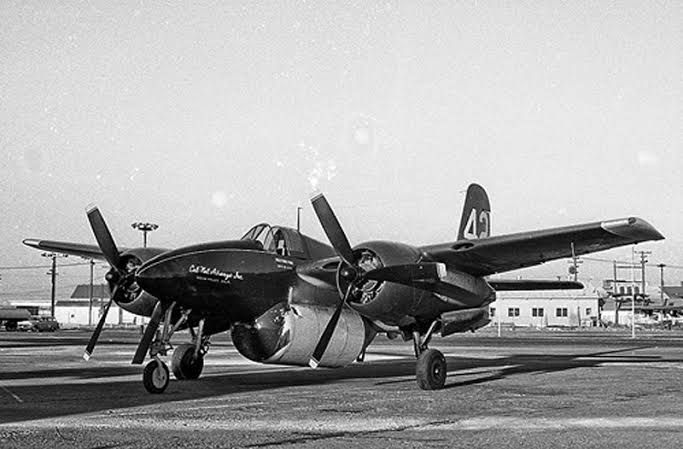
The aircraft had optional ammunition carrying capacity for 2 bombs; each weighing about 1000 pounds. These 2 bombs could be alternated with single Torpedo for the anti-ship missions.
Powerplant:-

The Grumman F7F Tigercat was powered by 2 of the Pratt & Whitney R-2800-34W Double Wasp radial position engines that had 18 cylinders. These two engines created a force of 200 HP that allowed for this fighter to fly at a top speed of 460 mph for a range of 1181 miles. The aircraft’s ceiling limit was about 40354 feet which it achieved with a climbing rate of 4530 ft/min.
Retirement:-
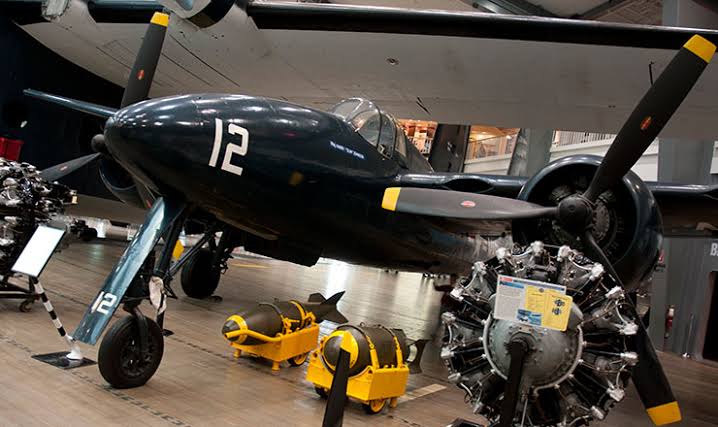
After serving its role as the night fighter for the US Navy and the US Marine Corps during the Korean War, the era for the Grumman F7F Tigercat came to a sudden end.

The aircraft was last retired from the active military service from US Marine Corps back in 1954. Only a few of these Grumman F7F Tigercats are still present in flyable condition.
Related Content
Interesting facts about the de Havilland DH.98 Mosquito aka the ‘Wooden Wonder’





